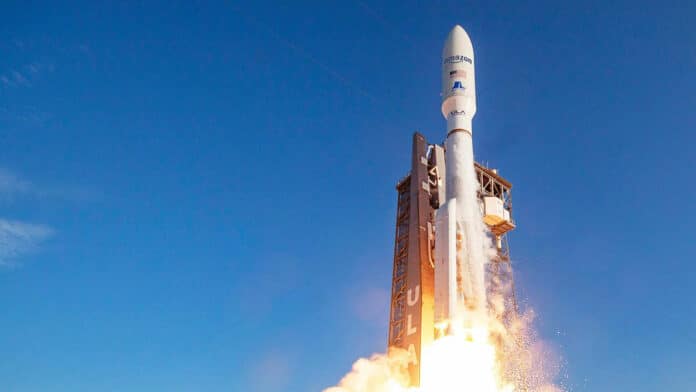On October 6, Amazon’s first pair of prototypes for its Project Kuiper satellite internet system launched on United Launch Alliance’s Atlas V rocket from Space Launch Complex 41 at Cape Canaveral Space Force Station in Florida.
Called ‘Protoflight,’ the mission will now aim to deploy two demo satellites, KuiperSat-1 and KuiperSat-2, at an altitude of 311 miles (500 kilometers) above Earth. Jeff Bezos, the founder of Amazon, plans to launch over 3,200 spacecraft in the coming years with the aim of providing global internet connectivity.
Amazon’s Project Kuiper is a low Earth orbit satellite broadband initiative that aims to provide fast and affordable connectivity to tens of millions of customers in unserved and underserved communities globally. The network will serve individual households, schools, hospitals, businesses, government agencies, and other organizations operating in rural and hard-to-reach places without reliable internet.
“To deliver on this mission, we need to help protect the different environments in which we’re operating – on Earth and in space. The Project Kuiper team has prioritized space safety and sustainability from day one, and these principles have influenced every aspect of our satellite network, from satellite design and operational plans to the architecture of the constellation itself,” read a blog post on its site.
This consists of including active propulsion systems on every satellite in the constellation, which gives Amazon’s team the ability to control each satellite throughout every phase of its mission. By utilizing active propulsion, they can maneuver satellites to maintain safe distances from other spacecraft and avoid existing debris in low Earth orbit.
In addition, the Kuiper System will operate at low altitudes between 590 and 630 kilometers (roughly 367 to 391 miles) above Earth, allowing for quick and reliable satellite deorbit at the end of their mission. Each satellite will operate within 9 kilometers of its assigned altitude, helping reduce potential overlap with other satellites in orbit.
Amazon says its onboard propulsion systems are designed to actively deorbit satellites within a year of their mission ending. Additionally, these low altitudes ensure that non-operational spacecraft will decay in a timely manner, even in the event of a propulsion system failure.
Project Kuiper was designed to operate alongside existing satellite systems, and the company is consistently examining and refining its understanding of the orbital environment to advance orbital debris protection, reduce interference risks, and promote coexistence with other operators.
